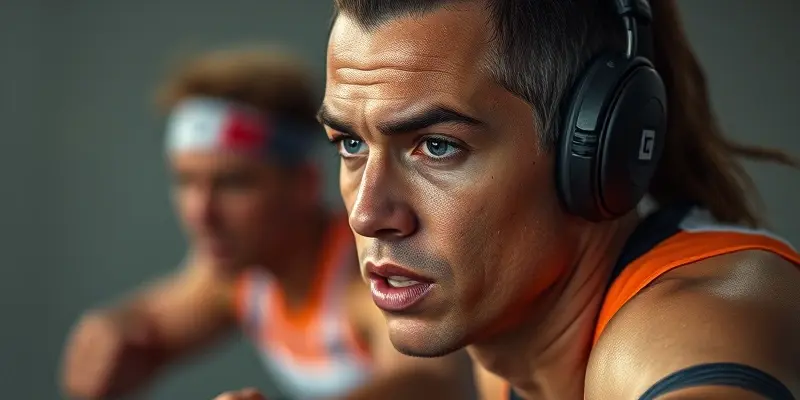The Athlete’s Guide to Recovery & Injury Prevention
In the world of sports and fitness, staying injury-free and recovering efficiently are vital for reaching your goals. Whether you’re a novice or a seasoned athlete, understanding how to prevent injuries and enhance recovery will empower you to maintain peak performance and well-being. In this article, we’ll explore the best practices to help you stay strong, healthy, and motivated.
Prevention Strategies
Preventing injuries is the first step towards sustained performance. Here’s how you can arm yourself with essential prevention techniques:
Warm Up and Cool Down
Warming up with dynamic stretches before exercise heats up your muscles, increasing flexibility and reducing injury risk. Similarly, cooling down with static stretches post-workout helps prevent muscle cramps and blood pooling.
Strengthen Your Core and Muscles
By focusing on core and muscle strength, you enhance joint support and stability. Regular strength training for legs, arms, and the core reduces the likelihood of strains, sprains, and overuse injuries.
Proper Technique and Equipment
Using correct form and posture minimizes unnecessary strain. Invest time in learning proper techniques from coaches or trainers. Also, ensure that you have properly fitted sport-specific gear to shield vulnerable areas from direct injuries.
Gradual Progression and Rest
Incorporate gradual increases in training intensity. This allows the body to adjust and avoids overuse injuries. Don’t overlook hydration and rest; they are crucial in averting muscle fatigue, a common injury trigger.
Recovery Techniques
Injury recovery is just as vital as prevention. Follow these techniques for a smoother recovery journey:
Healing and Rehabilitation
Ensure complete healing before jumping back into action. Consult with healthcare professionals and adhere to structured rehabilitation protocols, focusing on mobility, strength, and sport-specific drills. Check out our injury recovery checklist for a comprehensive guide to structured rehabilitation.
Psychological Support
Incorporate goal-setting and visualization to maintain motivation. These mental tools can significantly aid during downtime and when returning to full activity.
Nutrition for Injury Recovery
A balanced diet accelerates healing. Here’s how to nourish your body back to health:
Key Nutrients
Consume protein-rich foods to aid muscle repair. Foods such as fish and walnuts, rich in omega-3 fatty acids, along with vitamins A, C, and E, can reduce inflammation and promote healing.
Balanced Energy Intake
Ensure your energy intake fuels recovery without excessive restriction, which could delay tissue repair. Balanced meals with grains, meats, and greens can provide the necessary nutrients. Learn more about the power of Vitamin C in recovery and injury prevention.
Technology and Tools for Recovery
Modern technology can speed up your recovery process:
Recovery Tools
Foam rollers and percussive massage devices can alleviate soreness and increase blood flow. Compression garments help reduce swelling, assisting faster recovery after workouts.
Psychological Approaches
Don’t underestimate the power of the mind in recovery:
Mindfulness and Meditation
Techniques like mindfulness and meditation can effectively manage stress and pain. Establishing achievable goals and seeking support from peers can further encourage recovery.
Conclusion
Staying injury-free and recovering efficiently is crucial for every athlete. By integrating these prevention, recovery, and nutritional strategies, you’re set to enhance your performance while maintaining your health. Feel free to share your injury prevention strategies or ask questions in the comments—let’s learn and grow together!

